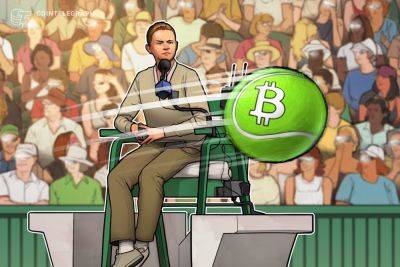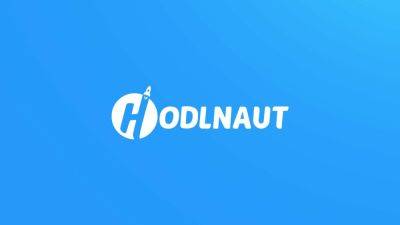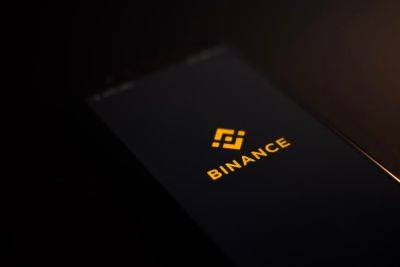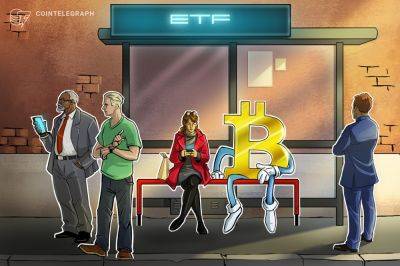Hybrid rollups: The silver bullet for scalability and security on Ethereum
Graphic designers have an old saying: “Your project can be fast, cheap or good — pick two.” It’s a classic trilemma. Rushing to create something might mean it’ll be delivered quickly, and therefore less expensive. Then again, the end product could be disappointing. If customers go the “cheap and good” route instead, they’re willing to wait a while — it’s going to take time, and projects that pay better will be prioritized.
For years, there’s also been a lot of talk in the blockchain world about a trilemma in terms of decentralization, security and scalability: decentralized networks can only provide two of the three benefits at any given time.
Experts argue that scalability requires a trade-off with security. In this case, a network can handle more transactions, but the risk of an exploit increases.
But this doesn’t necessarily have to be the case. Right now, developers are working on layer-2 solutions to help increase the capacity of the Ethereum network following its ambitious upgrade to a proof-of-stake (PoS) consensus mechanism.
There is one solution allowing developers to build decentralized applications (DApps) — and this is hybrid rollups, which combine two different architectures and can cope with high levels of traffic, making Ethereum a compelling blockchain for building the next generation of the internet.
The first element involves optimistic rollups, where transactions are processed off-chain to reduce network congestion and cut gas costs — another key hurdle on the road to adoption. According to the developers, this has the potential to increase scalability by up to 100 times, while records are then updated on the mainnet.
The second ingredient is zero-knowledge rollups, which provide security and fast finality.
Read more on cointelegraph.com





















